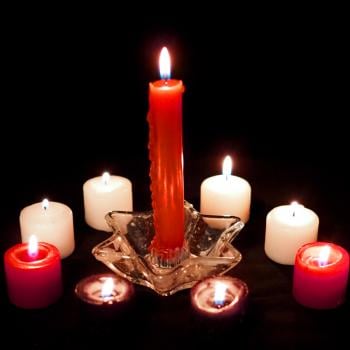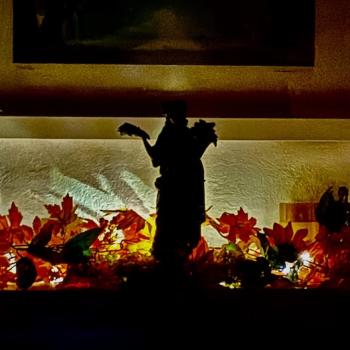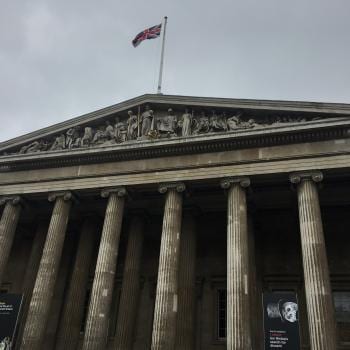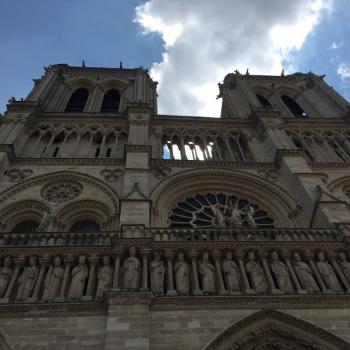Just this past week I arrived home from a two-week trip to China. The whole experience was challenging but extremely rewarding. I went as part of a 3-credit study abroad with my school through the Confucius Institute (yes- the one that has gotten all the heat recently). While I certainly have some issues with China, overall the trip was wonderful and I really enjoyed immersing myself in a culture that is so different from my own.
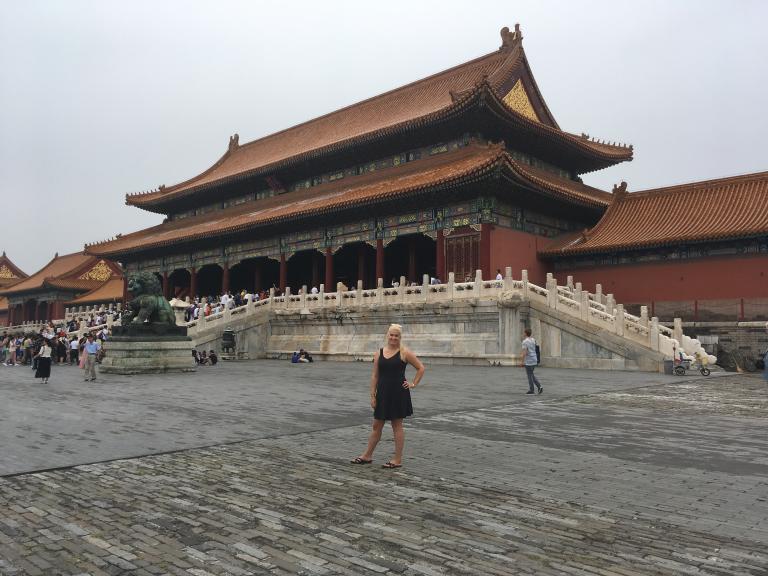
While I was in China I was obviously curious about the spiritual practices as it’s pretty common knowledge that the PRC is very controlling about what religions are acceptable to practice.
I was pleasantly surprised to find that China’s deeply spiritual culture permeates almost every aspect of daily life.
Here are four observations about the spirit world that I made while I was in China:
Ancestor Veneration is alive and well
On my first night in China, I went with a group of other students to climb up a small hill overlooking the ocean. It was a pretty steep little hike that took about an hour round trip. Shortly after we reached the treeline we began to notice little houses tucked away off the trail- inside were fruits, flowers, and other mementos. Most of the group seemed to have no clue what they were for but I immediately realized that they were houses for the ancestors. They had been visited recently as the offerings were fresh. Furthermore, a few minutes later we discovered that hill itself was a graveyard and almost all of the graves were facing the sea. I asked a Chinese friend about it the following morning and she explained that in China it is auspicious to have your back to a mountain and your face to water, hence why this hill and others in the area were an ideal burying place.

Folk religion is a part of everyday life
One of the evenings we went as a group to a karaoke bar. If you aren’t aware, Karaoke is huge in Asian countries. Aside from it being a ridiculously fun time, I was surprised and excited to find a shrine at the entrance. There were offerings of fruit and money that must have been left by those entering the Karaoke bar. I made my own offering when I passed by. Several days later, I noticed more shrines in businesses and realized that this is a very common element found across China.
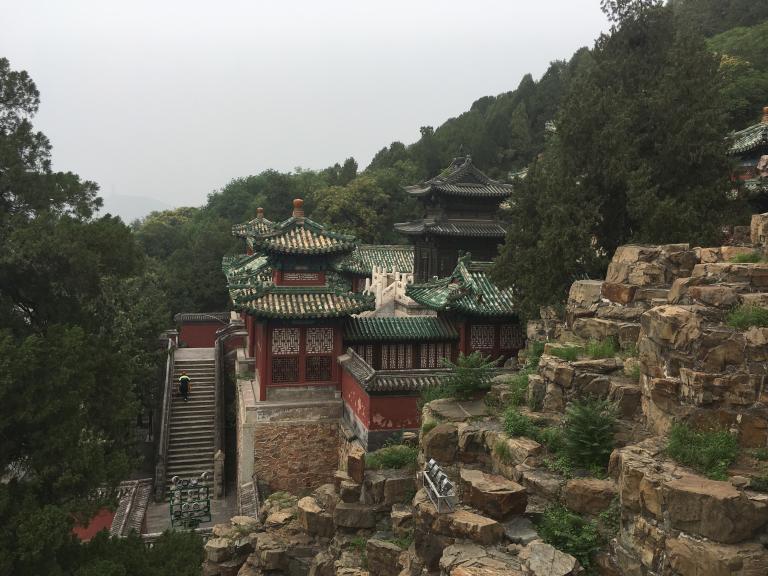
Animism is an acceptable belief
An architectural element I observed was the placement of very large natural stones (almost like menhirs but they aren’t skinny and straight) at the entrance or in prominent places of buildings. For example in one Chinese government building we visited, the main entrance was built around a courtyard that was visible through windows. In the center was a huge natural rock. I asked our guide what it was for and he explained that these rocks are known as 供石 (Gongshi) or spirit rocks. They are revered for their natural beauty and are placed in important places for meditation and reflection. They are believed to have spirits of their own and serve to remind us of the power of nature.
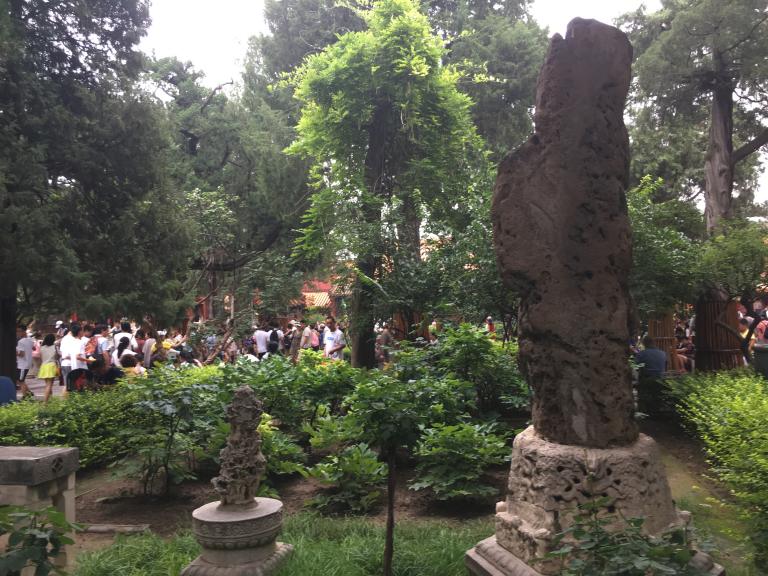
The Chinese zodiac is more than a 12-year classification system:
We have all seen those paper placemats at American-Chinese restaurants that tell you what your Chinese Zodiac animal is. But did you know that these 12 animals are actually revered as gods in Chinese culture? On my trip to see the Great Wall, I was thrilled to see that there was a temple complex inside the main gate area. There were four buildings in a square shape overlooking a courtyard. Each building contained shrines to a set of deities. Two out of the four buildings were dedicated to the gods of the zodiac, six in each building. I left an offering for my patron zodiac animal, Horse, before leaving.
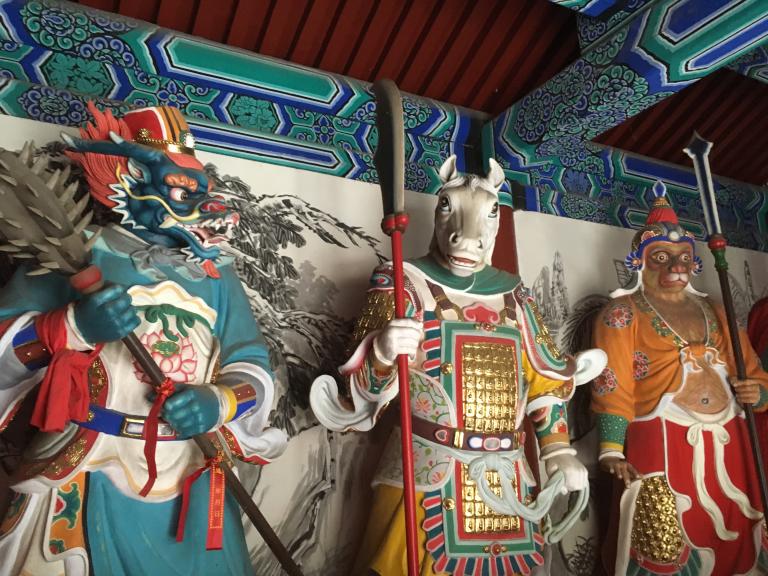
My experience in China was overall very positive, if you ever get the chance to visit- take it!



